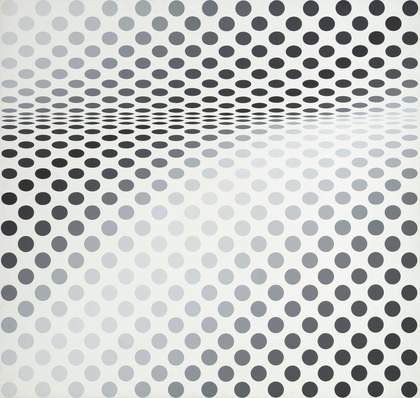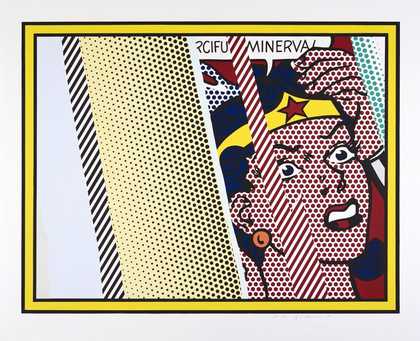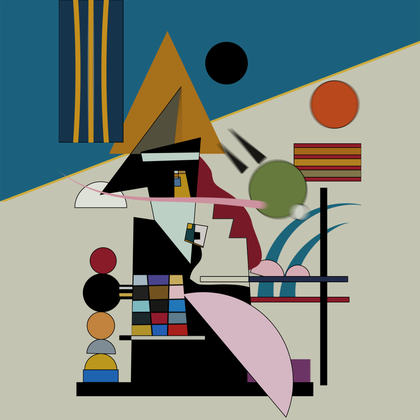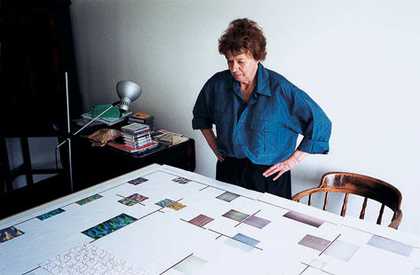
Photo © Eamonn McCabe
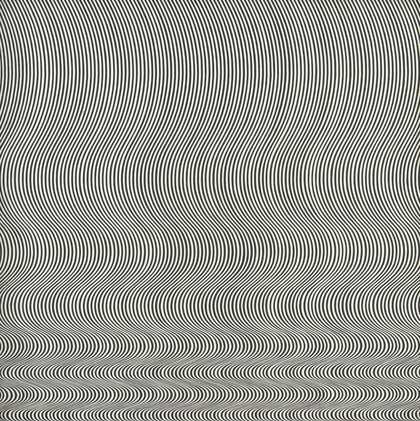
Bridget Riley
Fall (1963)
Tate
Have a look at this painting. Does it make your eyes feel funny?
When Bridget Riley first exhibited her black and white abstract paintings in the 1960s, people were amazed at how they seemed to move. It was like she was painting with electricity and the patterns were live wires!
This style of painting is known as op art. Op artists put colours, shapes and patterns together in clever ways to create an optical illusion. This can make an image look like its moving!
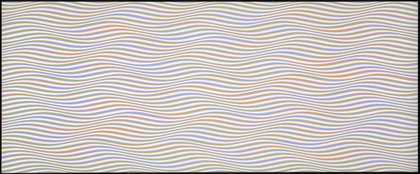
Bridget Riley
To a Summer’s Day 2 (1980)
Tate
Does this painting look like the sea to you?
Bridget Riley was born in 1931 in London, but when World War II broke out she left the city and moved to Cornwall. She would walk along the coastline and explore the caves where she would sit and watch the reflections in rock pools. She also liked looking at the sea and how the light made it change colour during the day.
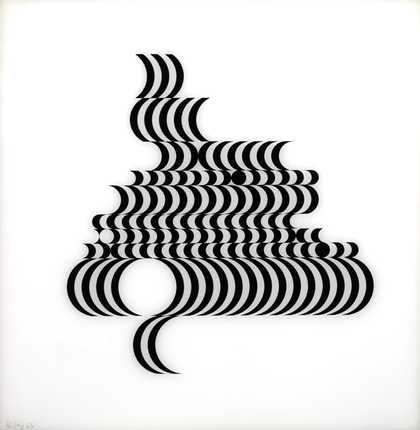
Bridget Riley
Untitled [Fragment 2/10] (1965)
Tate
In 1960, Bridget Riley went to Venice where she saw sculptures by the Italian artist Umberto Boccioni. Here is one of his sculptures. She wanted to make paintings that had curves like Boccioni’s sculptures.
She also started experimenting with colour, putting warm and cold colours together like red and blue to make the paintings vibrant. She travelled to many different countries, like Egypt and India, and looked closely at the way the artists in those countries used colour. She was interested in the way hot countries used very bright colours to stop them fading in the sun.
This painting is called Nataraja and is inspired by a trip she made to India. Nataraja means Lord of the Dance, and refers to the Hindu god Shiva.
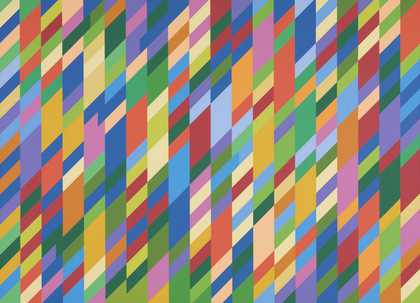
Bridget Riley
Nataraja (1993)
Tate
She thought this painting looked a bit like a dance too, with its diagonal lines and bright colours. Do you think it does? The composition of the painting is quite simple, just a lot of rectangles – but sometimes the simplest things can seem complex.

